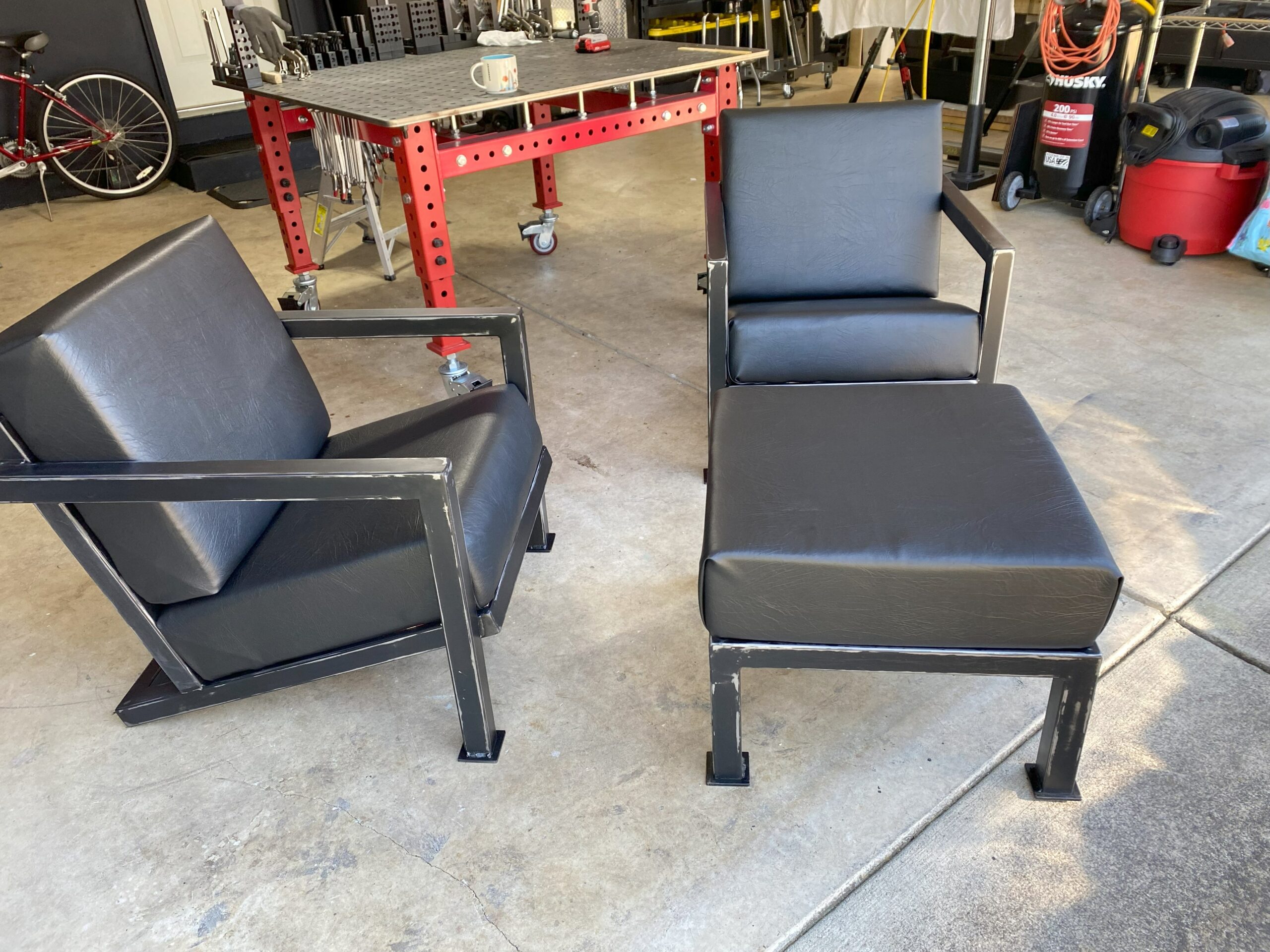Identification and Prevention
MIG (Metal Inert Gas) welding, while efficient and versatile, can be prone to several common defects that can affect the strength and appearance of the weld. Understanding these defects is crucial for welders to ensure the reliability of their work. Here are some of the most common MIG welding defects:
1. Porosity
Porosity refers to the presence of tiny holes or voids within the weld metal, which can weaken the weld’s structural integrity. Causes include improper gas coverage, contamination of the welding surface, or incorrect welding parameters.
2. Lack of Fusion
This defect occurs when the weld metal does not properly fuse with the base metal or the preceding weld bead, leading to weak joints. It can result from low heat input, fast travel speed, or improper angle of welding.
3. Burn Through
Burn through happens when excessive heat causes the metal to melt away, creating a hole in the weld joint. It is often due to high amperage or voltage settings, or too slow of a travel speed.
4. Excessive Spatter
Spatter consists of droplets of molten metal that are expelled from the welding area and adhere to the surrounding surface. It is usually caused by high welding current, incorrect polarity, or contaminated materials.
5. Convex and Concave Welds
These defects relate to the cross-sectional shape of the weld bead. A convex weld has a rounded profile, while a concave weld is sunken in. Both can be the result of incorrect voltage, wire feed speed, or gun angle.
6. Underfill and Excessive Reinforcement
Underfill is when the weld does not fill the joint completely, and excessive reinforcement is when there is too much weld metal on the joint. Both can affect the weld’s performance and are often due to improper welding technique or settings.
Preventive Measures
To prevent these common defects, welders should:
- Ensure proper gas coverage and flow rates.
- Maintain a clean welding surface free of contaminants.
- Use appropriate welding parameters for the material and thickness.
- Apply correct welding techniques, including gun angle and travel speed.
By being aware of these common MIG welding defects and taking steps to avoid them, welders can produce stronger, more reliable welds. For more detailed guidance on MIG welding techniques and troubleshooting, resources from the American Welding Society can be invaluable.




